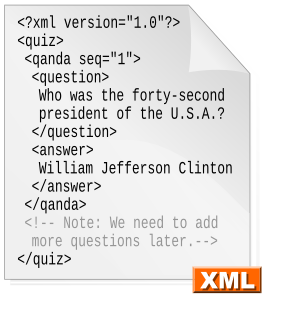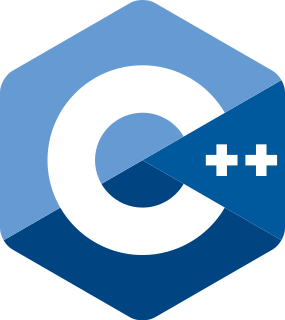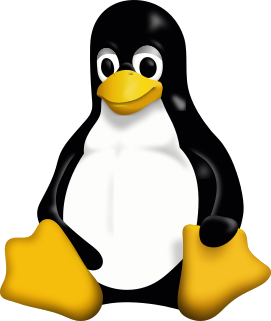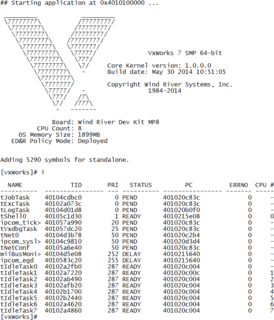| Written in | C++ |
|---|---|
| Type | library or framework |
CodeSynthesis XSD/e is a validating XML parser/serializer and C++ XML Data Binding generator for Mobile and Embedded systems. It is developed by Code Synthesis and dual-licensed under the GNU GPL and a proprietary license.

Extensible Markup Language (XML) is a markup language that defines a set of rules for encoding documents in a format that is both human-readable and machine-readable. The W3C's XML 1.0 Specification and several other related specifications—all of them free open standards—define XML.

C++ is a general-purpose programming language that was developed by Bjarne Stroustrup as an extension of the C language, or "C with Classes". It has imperative, object-oriented and generic programming features, while also providing facilities for low-level memory manipulation. It is almost always implemented as a compiled language, and many vendors provide C++ compilers, including the Free Software Foundation, Microsoft, Intel, and IBM, so it is available on many platforms.
Code Synthesis Tools CC is a software development company located in Cape Town, South Africa. The company revolves around the development and licensing of ODB, a compiler-based object-relational mapping (ORM) system for C++, CodeSynthesis XSD, an open-source, cross-platform XML Data Binding compiler for C++, and CodeSynthesis XSD/e, an open-source, validating XML parser/serializer generator and C++ XML Data Binding for mobile and embedded systems.
Given an XML instance specification (XML Schema), XSD/e can produce three kinds of C++ mappings: Embedded C++/Parser for event-driven XML parsing, Embedded C++/Serializer for event-driven XML serialization, and Embedded C++/Hybrid which provides a light-weight, in-memory object model on top of the other two mappings.
XSD, a recommendation of the World Wide Web Consortium (W3C), specifies how to formally describe the elements in an Extensible Markup Language (XML) document. It can be used by programmers to verify each piece of item content in a document. They can check if it adheres to the description of the element it is placed in.
The C++/Hybrid mapping generates C++ classes for types defined in XML Schema as well as parsing and serialization code. The C++ classes represent the data stored in XML as a statically-typed, tree-like object model and support fully in-memory as well as partially in-memory/partially event-driven XML processing. The C++/Parser mapping generates validating C++ parser skeletons for data types defined in XML Schema. One can then implement these parser skeletons to build a custom in-memory representation or perform immediate processing as parts of the XML documents become available. Similarly, the Embedded C++/Serializer mapping generates validating C++ serializer skeletons for types defined in XML Schema which can be used to serialize application data to XML.
CodeSynthesis XSD/e itself is written in C++ [1] and supports a number of embedded targets include Embedded Linux, VxWorks, QNX, LynxOS, iPhone OS and Windows CE.

Linux is a family of free and open-source software operating systems based on the Linux kernel, an operating system kernel first released on September 17, 1991 by Linus Torvalds. Linux is typically packaged in a Linux distribution.

VxWorks is a real-time operating system (RTOS) developed as proprietary software by Wind River Systems, a wholly owned subsidiary of TPG Capital, US. First released in 1987, VxWorks is designed for use in embedded systems requiring real-time, deterministic performance and, in many cases, safety and security certification, for industries, such as aerospace and defense, medical devices, industrial equipment, robotics, energy, transportation, network infrastructure, automotive, and consumer electronics.

QNX is a commercial Unix-like real-time operating system, aimed primarily at the embedded systems market. The product was originally developed in the early 1980s by Canadian company Quantum Software Systems, later renamed QNX Software Systems and ultimately acquired by BlackBerry in 2010. QNX was one of the first commercially successful microkernel operating systems and is used in a variety of devices including cars and mobile phones.

